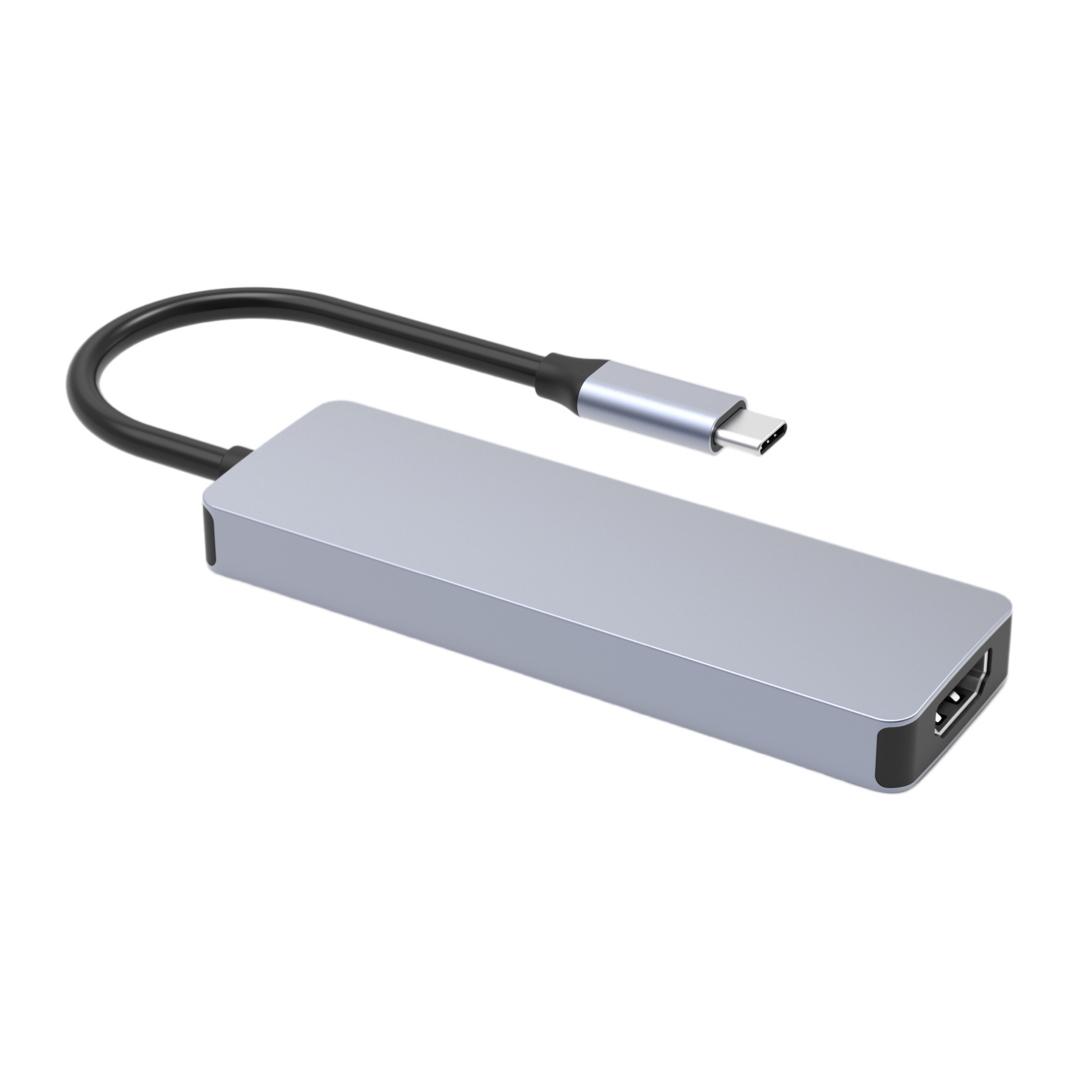Understanding the Power of USB Hubs in Multi-Screen Display Setup

If you are looking to expand your workspace and increase productivity, using a USB hub to realize multi-screen display function is the way to go. With a USB hub, you can connect multiple monitors to a single computer, creating a seamless multi-screen setup. In this guide, we will explain how to use a USB hub effectively for multi-screen display and enhance your work experience.
1. Choosing the Right USB Hub
Before diving into the setup process, it is crucial to select the appropriate USB hub for your needs. Consider the following factors:
- USB Hub Type: Determine whether you need a USB 2.0 or USB 3.0 hub, depending on the devices you plan to connect. USB 3.0 hubs offer faster data transfer speeds and are backward compatible with USB 2.0 devices.
- Power Requirements: Some USB hubs require an external power source, while others can draw power from your computer. Ensure that the USB hub you choose aligns with your power requirements.
- Number of Ports: Consider the number of monitors you want to connect and ensure that the USB hub has sufficient ports for your setup.
2. Setting Up the USB Hub
Now that you have the right USB hub, follow these steps to set it up:
- Connect the USB hub to your computer using a USB cable.
- If your USB hub requires external power, plug it into a power outlet.
- Connect your monitors to the USB hub's available ports using compatible display cables (HDMI, VGA, DVI, etc.).
- Ensure that all cables are securely connected.
3. Configuring Multi-Screen Display Settings
Once the physical setup is complete, it's time to configure the multi-screen display. Follow these steps:
- On your computer, go to the display settings. This can typically be found in the control panel or system preferences.
- Identify the additional displays connected to the USB hub.
- Adjust the display settings to arrange the monitors as per your preference. You can choose to extend the display, duplicate it, or select a primary monitor. Play around with different configurations to find what works best for you.
- Apply the changes and save the settings.
Congratulations! You have successfully set up and configured a multi-screen display using a USB hub. Unlock the potential of your workspace with enhanced productivity and multitasking capabilities.
Conclusion
In conclusion, using a USB hub to realize multi-screen display function is a practical and efficient way to expand your workspace. By carefully selecting the right USB hub, setting it up correctly, and configuring the display settings on your computer, you can enjoy the benefits of a seamless multi-screen setup. Increase productivity, improve multitasking, and elevate your work experience by exploring the power of USB hubs in multi-screen display setups.



